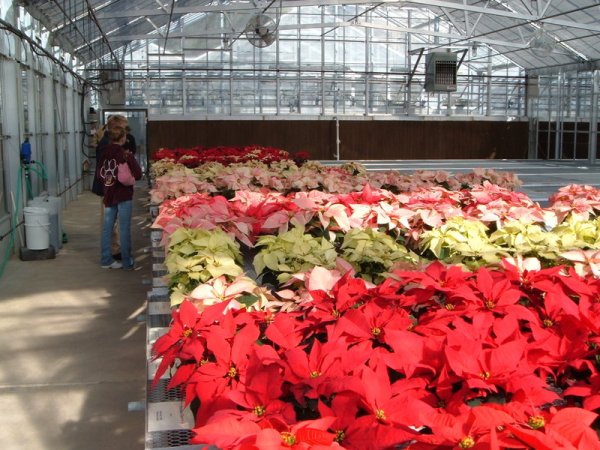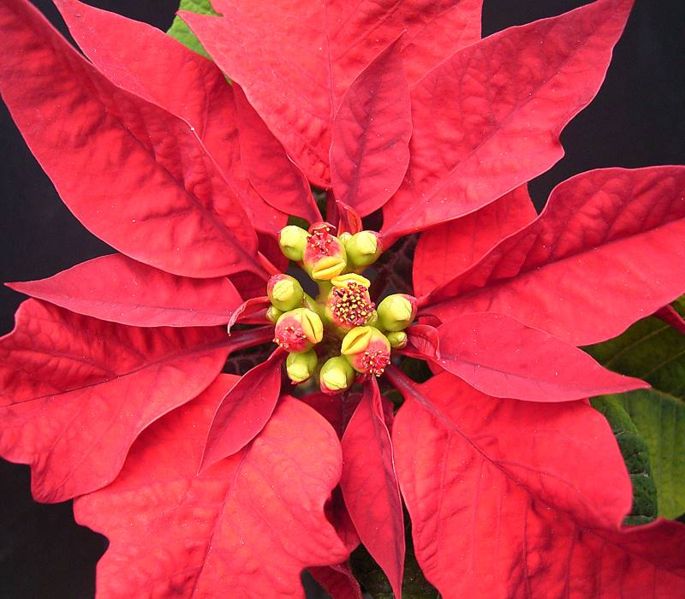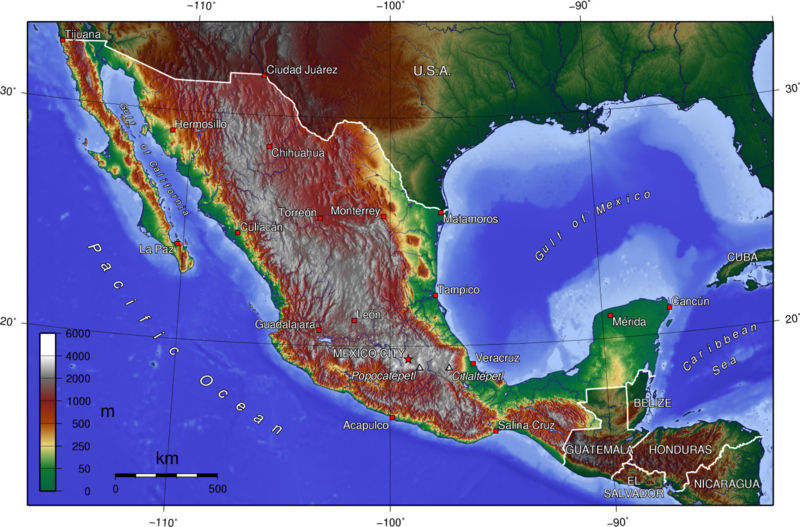Habitat
Like many other plants such as the avocado, cowfoot, and tropical mistletoe, Euphorbia pulcherrima is indigenous to the tropical regions of southern Mexico and South America where altitude is low to moderate and rainfall is abundant but seldom lingers. While they may be found in abundance here, they are rarely found growing naturally in temperate climates and are absent in nature in areas with cold, severe winters. In their native environment, the poinsettia will appear as a large, green shrub (2-15 feet tall) growing in moist, shady locations during the long days of summer and will "blossom" during days when hours of darkness slightly overtake hours of light. Being short day plants, poinsettias are extremely sensitive to this. If there is too much exposure to light during the days proceeding bloom, the poinsettia will not flower. The habitat in which they naturally exist is so limited because outside these conditions the plant is susceptible to root-rot, loss of leaves, and failure to bloom all which eliminate the possibility of pollination and therefore seed-dispersal.
Of course, the poinsettia is now
able to be cultivated worldwide in greenhouses. The United States
is no exception, with California
being the leading producer since its introduction in 1825 by Joel
Poinsett. Since the beginning of their
cultivation, other varieties of poinsettia have emerged. The
potted poinsettias differ from wild poinsettias
in that they are smaller (1 to 4 feet tall),
and are much more prone to root-rot and wilting due
to being forcibly grown outside of the native environment.
At home, although it is possible to keep and regenerate a Christmas
Flower for a second year, most people are
unsuccessful because the poinsettia's
environmental conditions are not correctly met.
Website Created by Christine Vick
March/April 2009
Questions? Comments? Email me at vick.chri@students.uwlax.edu

